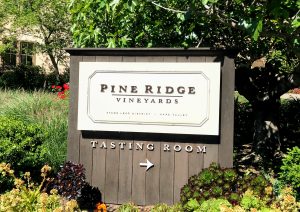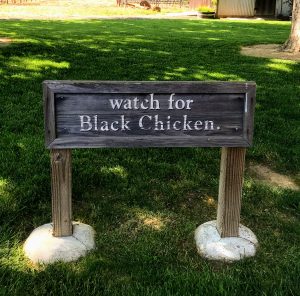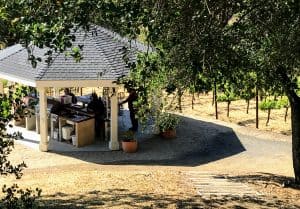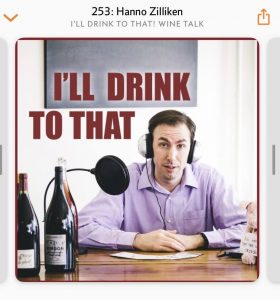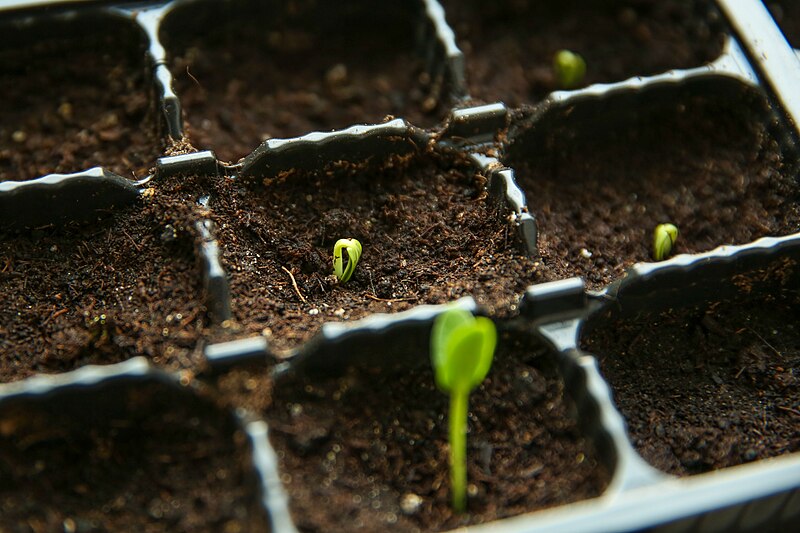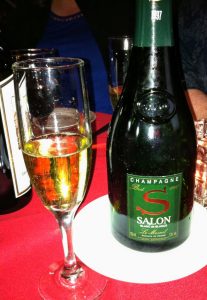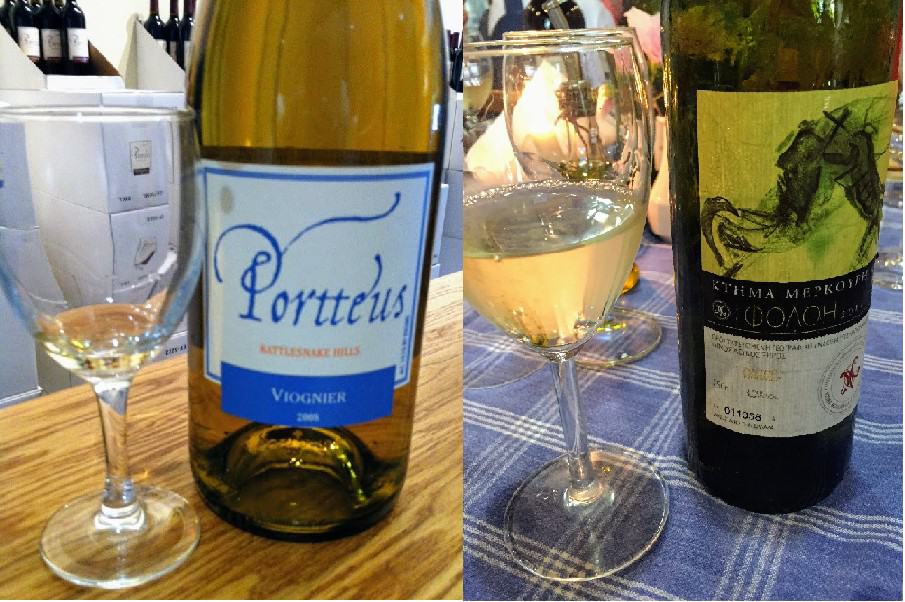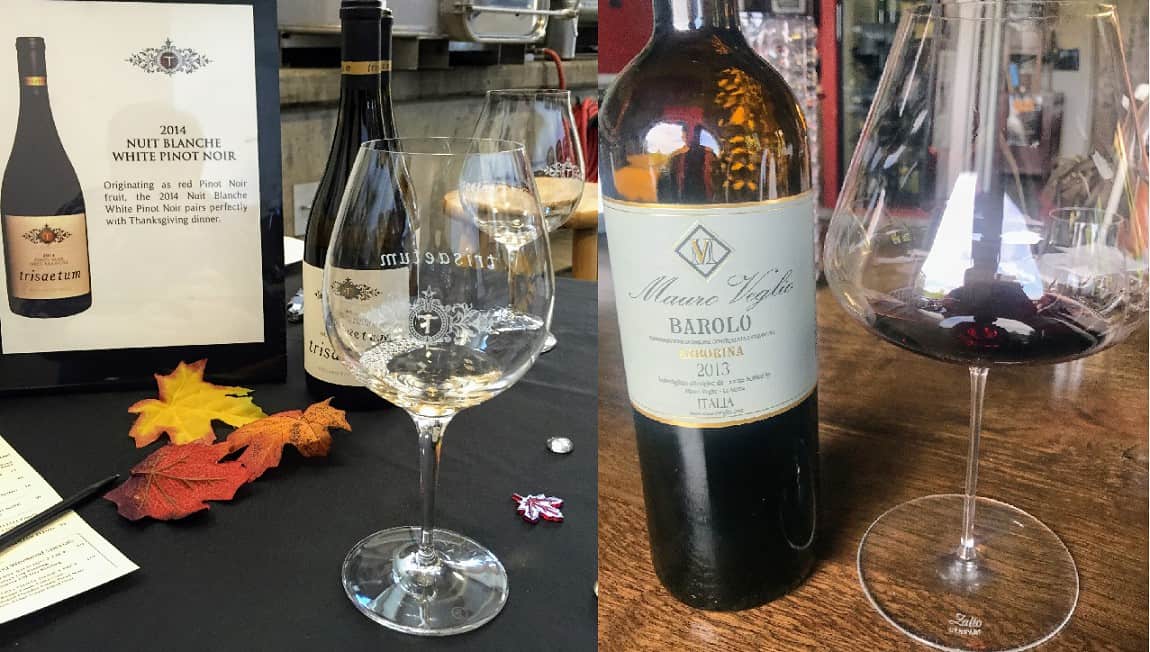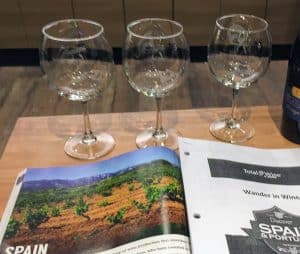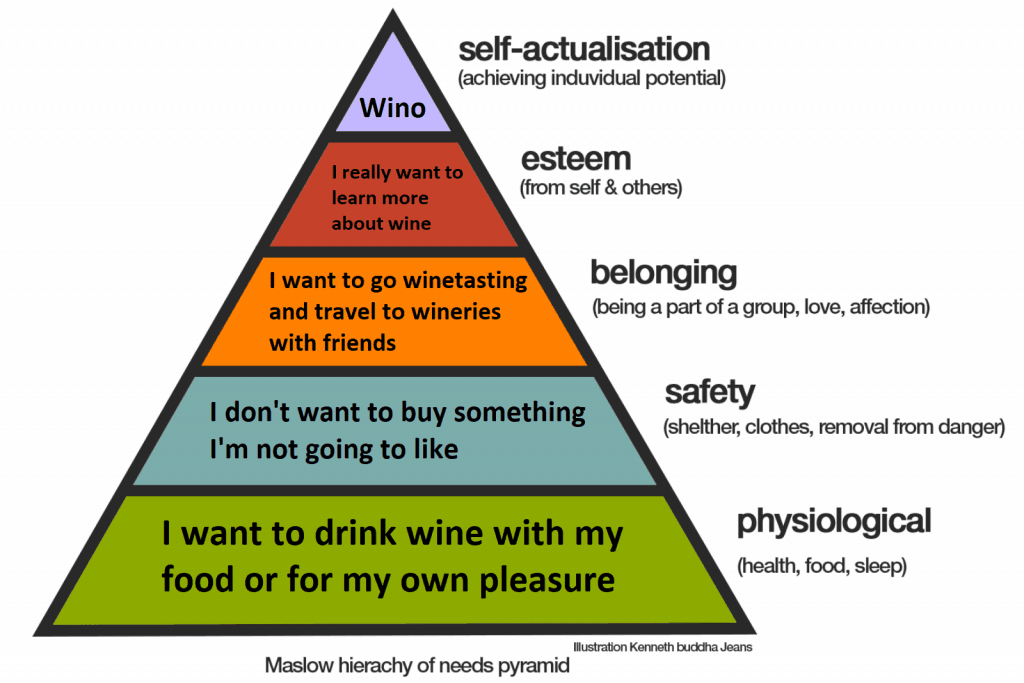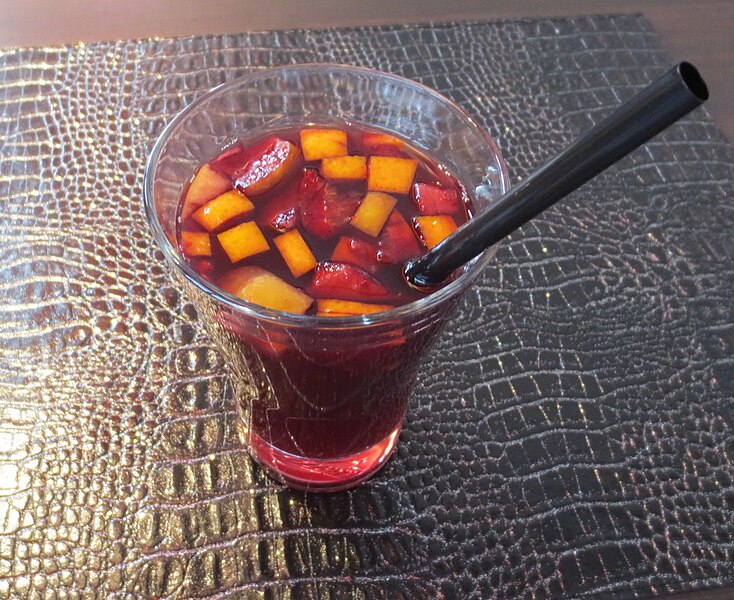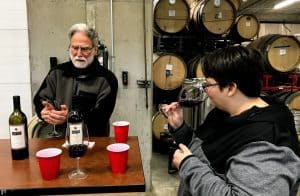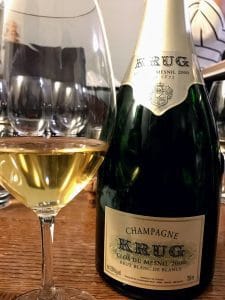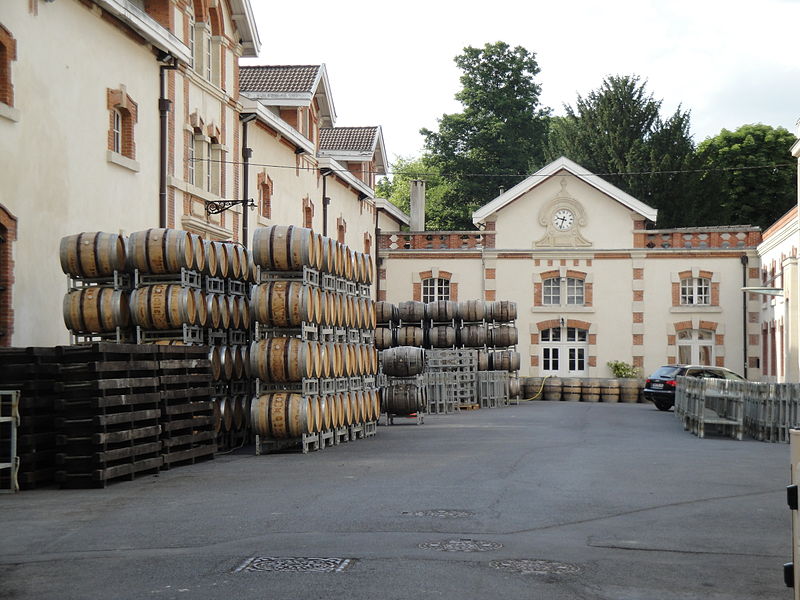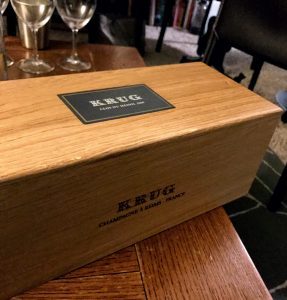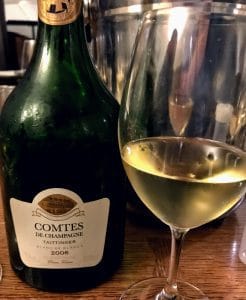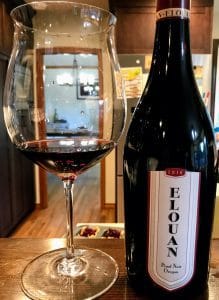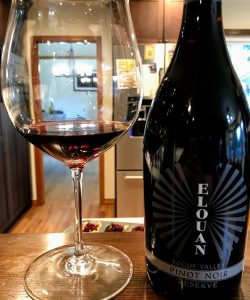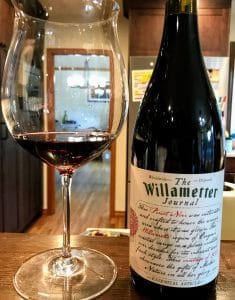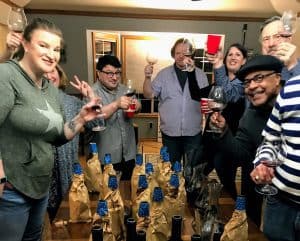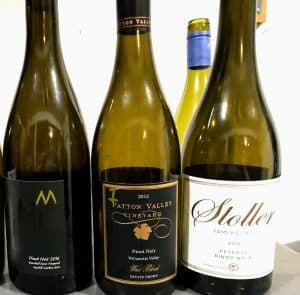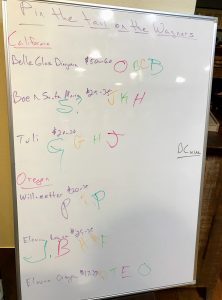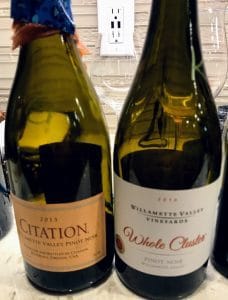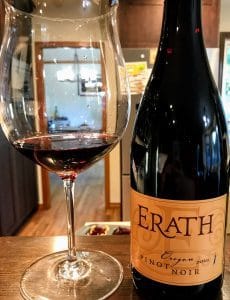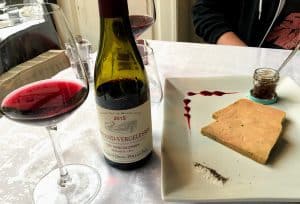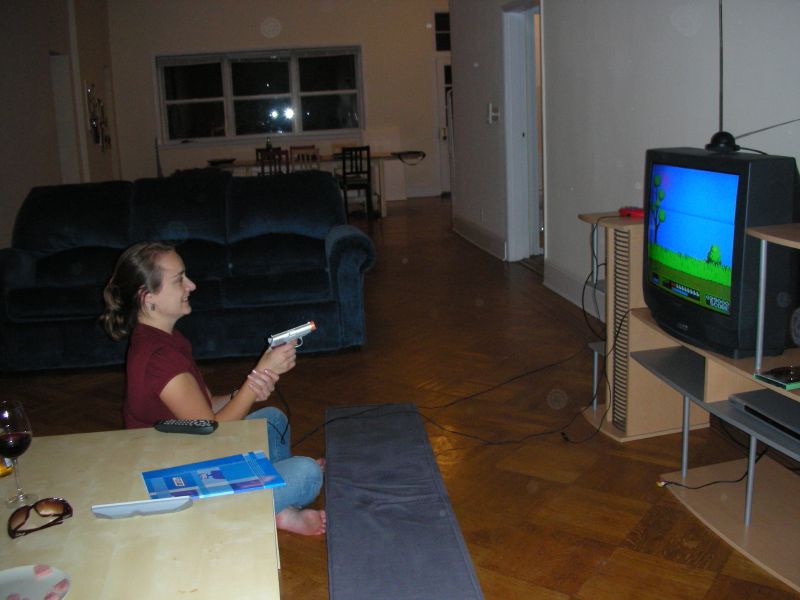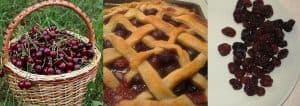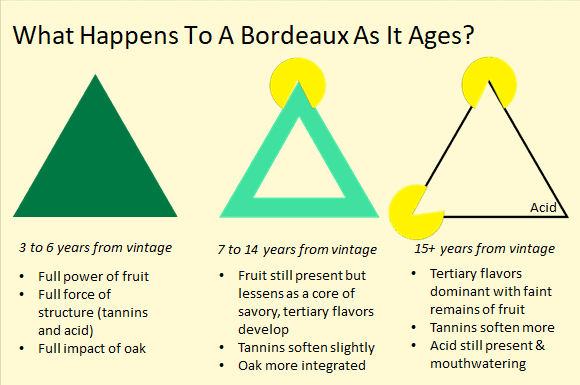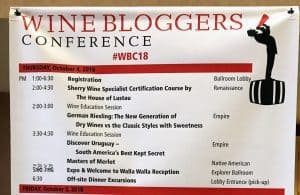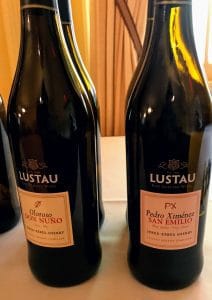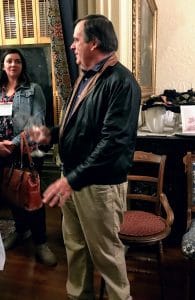Last night I attempted to enjoy a bottle of wine at dinner with my wife.

I eventually succeeded and the wine, a super cool bottle of Old Vine Colombard from stellar South African producer Ian Naudé, was delicious. Lovely peach and citrus notes with a creamy, textured mouthful, lively acidity and a long stony finish. It went exquisitely well with the complex flavors of the Indian dishes we had.
Fabulous wine. But the only spoiler and what will keep me from buying this wine again was how much of an ordeal it was to open the damn bottle.
Because of blasted wax!
Now we know the old trick. The same one you see repeated in the 10 million plus results for Googling “how to open waxed wine bottle” and countless YouTube videos. So like I’ve done many times before with many other wax sealed bottles, I took out my old trusty waiter’s friend corkscrew to screw straight through the wax.
The worm went fine into the cork but the problem came when I tried to use the hinge to pull it out. The teeth of the hinge kept slipping and failing to get a good grip on the lip. And when we did get something of a grip, it was tough getting sufficient leverage to get the cork (apparently a dense agglomerate as an MW informed me) through the wax. Both my wife and I made several attempts, trying with both hinges from different angles, as evidence by the skid marks.
And despite the worries expressed in tweets like the reply to Angela, this wasn’t our first rodeo and my MIT-trained wife is most assuredly aware of Archimedes.
That & a simple understanding of Archimedes. If you over-screw and don’t use the lever correctly, no matter wax or not, the cork will struggle to come out. I’d hate to see the dismay at attempting to open anything from the Jura.
— Leon Coetzee (@Coetzee_Leon) September 14, 2021
However it wasn’t Archimedes trying to screw us out of enjoying a good bottle of wine.
We eventually overcame our nemesis by chipping away at the top of the wax. Then that same trusty waiter’s friend which has served us well in battles against plastic corks and other bottles was able to relieve the cork of its post so we could finally enjoy the spoils of our victory. Only after 10 minutes and while our food was getting cold.
But, hey, as Master of Wine Greg Sherwood (whose fascinating review of this wine actually prompted me to seek it out) noted, no pain, no gain.
I get the good humor you're trying to convey, but seriously Greg, is it smart from a business sense as an industry to expect consumers to have to go through some "pain" in order to gain the "privilege" of drinking our products?
— Amber @ SpitBucket.net (@SpitbucketBlog) September 14, 2021
But, really, why in the world does enjoying wine have to be painful?
Why do we expect consumers to tolerate this? Why are we asking them to spend time fussing around, hoping they have the right corkscrew? While as a wine geek, I’ve got drawers full of them, how many different corkscrews do we think regular consumers have? Are we really expecting them to go through several trying to open just one bottle?
A double-hinge corkscrew that I probably got as swag from some tasting but one that I have very little trouble with even with blasted plastic corks that are also the spawn of the devil.
But it’s success requires getting a good grip on the lip which the wax was preventing.
— Amber @ SpitBucket.net (@SpitbucketBlog) September 14, 2021
Or port tongs?
You can always use “Port” tongs – super easy & less labourious than you might think. Have a pair & can arrange for demonstration – especially on First Growths & their ilk.
— Leon Coetzee (@Coetzee_Leon) September 14, 2021
Now, yes, there is the well-known somm trick of warming up the wax first with warm water. I certainly could have done that.
— Mike Madaio (@lifeattable) September 14, 2021
Though, seriously, WHY are we expecting consumers to want to do this?
Why are we asking this of them? Why are we putting extra tolls or “effort taxes” on our product that we’re expecting consumers to happily pay? And then come back for more?
And what makes this even more bizarre is that the oft-used defense of wax’s eye-catching presentation had no role in this scenario. While I suppose I could have looked more closely at the photo in Sherwood’s review, I didn’t know this bottle was sealed with wax. I bought it online, sight unseen like I do with now the vast majority of my wine purchases. The packaging had zero influence on my decision to buy. Instead it was…
A.) An intriguing review by an expert.
B.) A producer with a stellar reputation who I have been wanting to try.
C.) A super cool story of an old vine vineyard with a variety that I’ve never had a quality example of before.
Those were the factors that made the sale. Not the packaging. Having a wax capsule did nothing to help this producer sell his wine to me. But I’ll tell you, it is certainly going to make future sales harder.
Simply because wax makes enjoying the wine harder.
With all the wonderful, interesting and exciting wines out there, why do I need to fuss with the frustration of wax? And I’m certainly not the only consumer having these thoughts. But take a look at my Twitter thread from last night and see how many folks in the industry respond. Especially this lovely example of “Waxsplaining.”
A lack of knowledge, eh?
Well that's always a good fallback for any wine industry criticism, isn't it? 😉
But then wouldn't it actually be the winemaker penalizing consumers like me for our "lack of knowledge" that therefore makes us unworthy to drink their wine?
— Amber @ SpitBucket.net (@SpitbucketBlog) September 14, 2021
You see, apparently any consumer’s frustration with dealing with wax capsules is merely just a testament to their lack of knowledge. Yes, that’s the answer. It’s not the packaging’s fault. It’s just that the consumers are too stupid to be worthy enough to enjoy it!
Good grief!
Please, wine producers. Step back and think about this.
Think about what you are asking consumers. Think about what “effort tax” (and apparently “intelligence test”) you’re asking consumers to pay just to have the privilege of enjoying your wine.
Do you really want to make consumers struggle and wonder if it’s worth it before they even have that first sip? Do you really want doubt and regretting their purchase to be swirling around their thoughts while they are pouring that first glass?
We haven’t even gotten into issues of accessibility with how difficult wax capsules are for consumers with arthritis and other issues. Think of the needless barrier that the decision to use wax creates for those consumers. And for what? What really is being gained here?
Do you think that any minuscule help that using wax may have had in getting you that initial sale will be worth what future sales those negative experiences end up costing you?
Because what value is making a kick-ass wine, if consumers have to fight with pain in the ass packaging just to enjoy it?


